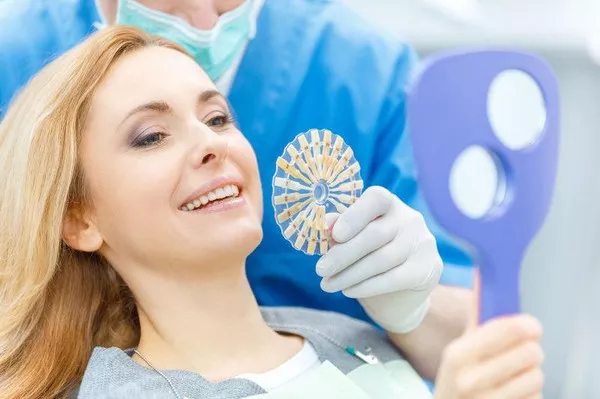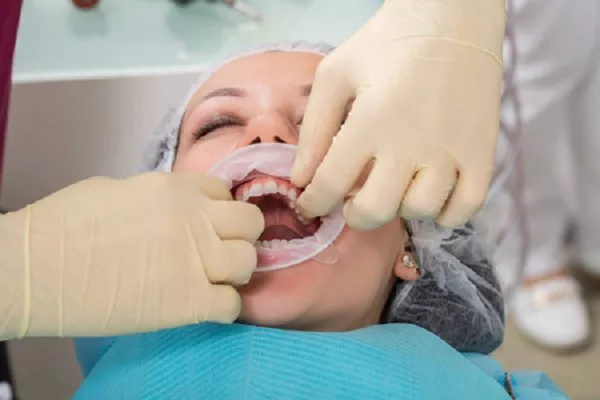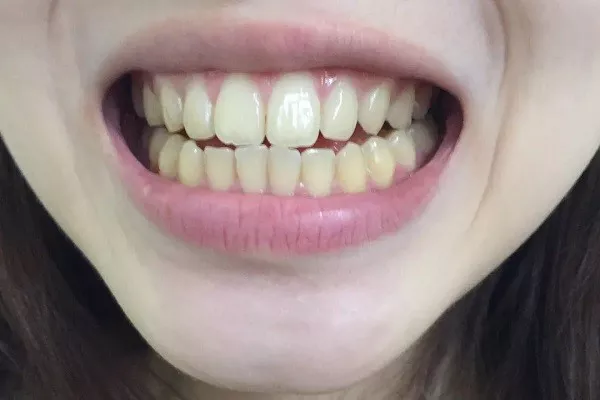A bright, confident smile can significantly impact your self-esteem and overall appearance. However, many individuals struggle with teeth discoloration, leading to feelings of self-consciousness. Yellowing teeth can be caused by a variety of factors, including poor oral hygiene, dietary habits, genetics, and aging. The good news is that there are several effective strategies and treatments available to combat teeth discoloration and restore a radiant smile. In this comprehensive guide, we will delve into the causes of yellow teeth and provide actionable steps and professional treatments to help you achieve the smile you’ve always desired.
Understanding the Causes of Yellow Teeth
Yellowing of teeth can result from both extrinsic and intrinsic factors. Extrinsic factors involve external influences that stain the enamel, while intrinsic factors pertain to changes within the tooth structure itself.
Extrinsic Factors:
Diet: Consuming foods and beverages with high levels of chromogens (pigment-producing substances) such as coffee, tea, red wine, and dark-colored berries can lead to surface staining.
Tobacco Use: Smoking or chewing tobacco exposes teeth to tar and nicotine, causing yellowing and stubborn stains.
Poor Oral Hygiene: Inadequate brushing, flossing, and regular dental cleanings can allow plaque and tartar buildup, contributing to discoloration.
Improper Brushing Techniques: Aggressive brushing or using abrasive toothpaste can erode enamel and expose the underlying dentin, which is naturally yellow in color.
Intrinsic Factors:
Aging: As we age, enamel naturally wears down, revealing the dentin beneath, which can lead to a yellowish appearance.
Genetics: Some individuals may inherit enamel that is naturally thinner or more porous, making teeth prone to discoloration.
Medical Conditions: Certain medical conditions or treatments, such as excessive fluoride exposure during tooth development or certain medications, can cause intrinsic staining.
Taking Action: Practical Steps for a Whiter Smile
Maintaining good oral hygiene and adopting healthy habits can go a long way in preventing and reducing teeth discoloration. Here are some actionable steps to consider:
Brush and Floss Regularly: Brushing at least twice a day and flossing daily helps remove plaque buildup that can lead to staining.
Use a Whitening Toothpaste: Whitening toothpaste containing mild abrasives and gentle polishing agents can help remove surface stains over time.
Moderate Stain-Causing Foods: Limit consumption of foods and drinks known to cause staining. When consuming them, rinse your mouth afterward.
Quit Smoking or Tobacco Use: Quitting tobacco not only benefits your overall health but also helps prevent teeth yellowing.
Maintain Hydration: Drinking water after consuming stain-causing foods and beverages helps wash away particles that may lead to staining.
Professional Dental Cleanings: Regular dental checkups and cleanings remove stubborn stains and tartar buildup, improving the overall appearance of your teeth.
Consider Whitening Products: Over-the-counter whitening strips, gels, and trays can help lighten surface stains. Consult your dentist before use.
At-Home Remedies: Natural remedies like baking soda or hydrogen peroxide can have a mild whitening effect. Use them cautiously and sparingly.
Professional Treatments for Stubborn Stains
For more pronounced or resistant teeth discoloration, professional treatments provided by dentists offer effective solutions:
Professional Teeth Whitening: In-office teeth whitening procedures involve using stronger bleaching agents and special light sources to achieve significant whitening results in a single session.
At-Home Whitening Kits: Dentists can provide custom-fitted trays and professional-grade whitening gel for at-home use, offering convenience and effective results.
Dental Veneers: These thin porcelain shells are custom-made to cover the front surface of teeth, effectively masking discoloration and providing a long-lasting solution.
Dental Bonding: In cases of minor discoloration, a tooth-colored resin is applied to the teeth and then shaped and polished to match your natural teeth.
Laser Whitening: This advanced technique uses laser energy to activate whitening agents applied to the teeth, accelerating the whitening process.
Maintaining Your Newly Whitened Smile
After achieving a whiter smile, it’s important to maintain your results:
Practice Excellent Oral Hygiene: Continue to brush, floss, and visit your dentist regularly to prevent new stains from forming.
Limit Staining Substances: Consume stain-causing foods and drinks in moderation, and rinse your mouth afterward.
Use a Straw: When drinking beverages that can stain teeth, using a straw can minimize contact with your teeth.
Touch-Up Treatments: Depending on your habits and genetics, occasional touch-up treatments may be needed to maintain your desired level of whiteness.
Men and women who are more likely to have yellow teeth
Studies have shown that men and women have largely similar rates of teeth yellowing, with no significant gender differences. The main cause of teeth yellowing is the combined effect of many factors, and these factors are usually related to the individual’s lifestyle, genetic inheritance and oral hygiene habits.
Dietary habits are one of the important factors that affect teeth yellowing. Regardless of men or women, if they regularly consume food and beverages containing pigments, such as coffee, tea, red wine, etc., it will cause stains and discoloration on the surface of the teeth. In addition, smoking is also the main factor of tooth yellowing. Regardless of gender, the teeth of smokers are susceptible to yellowing due to the substances in tobacco.
An individual’s lifestyle and oral hygiene habits also affect the appearance of teeth to some extent. Habits such as regular brushing, flossing, and regular dental visits can help prevent the buildup of surface stains, thereby reducing the risk of tooth yellowing. However, a lack of good oral hygiene habits can lead to the accumulation of plaque and calculus, which in turn accelerates the yellowing process of teeth.
In addition, genetic inheritance also affects an individual’s tooth color to a certain extent. Some people may be born with thinner enamel or inherit a gene that predisposes them to yellowing, making them more prone to tooth discoloration.
Taken together, there is no significant gender difference in the odds of teeth turning yellow between men and women. The key lies in the comprehensive effect of the individual’s lifestyle, eating habits, oral hygiene habits and genetic inheritance. Regardless of gender, maintaining a healthy lifestyle, good oral hygiene habits, and regular visits to the dentist are key to maintaining a bright smile.
Conclusion
Yellowing teeth can be a common concern, but it’s not a permanent issue. By understanding the causes of teeth discoloration and implementing proper oral hygiene practices, you can take control of your smile’s appearance. From simple lifestyle changes to professional treatments, there are numerous options available to help you achieve and maintain a brighter, more confident smile. Consult with your dentist to determine the best approach for your individual needs and start your journey toward a whiter, healthier smile today.
Related Topics:




























